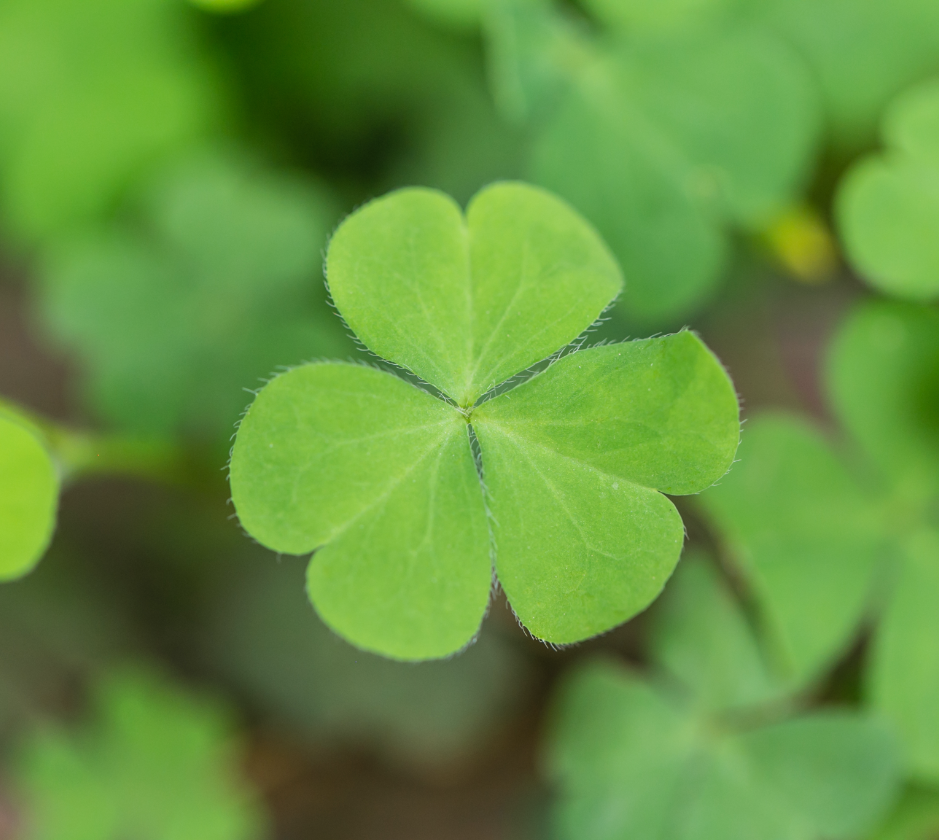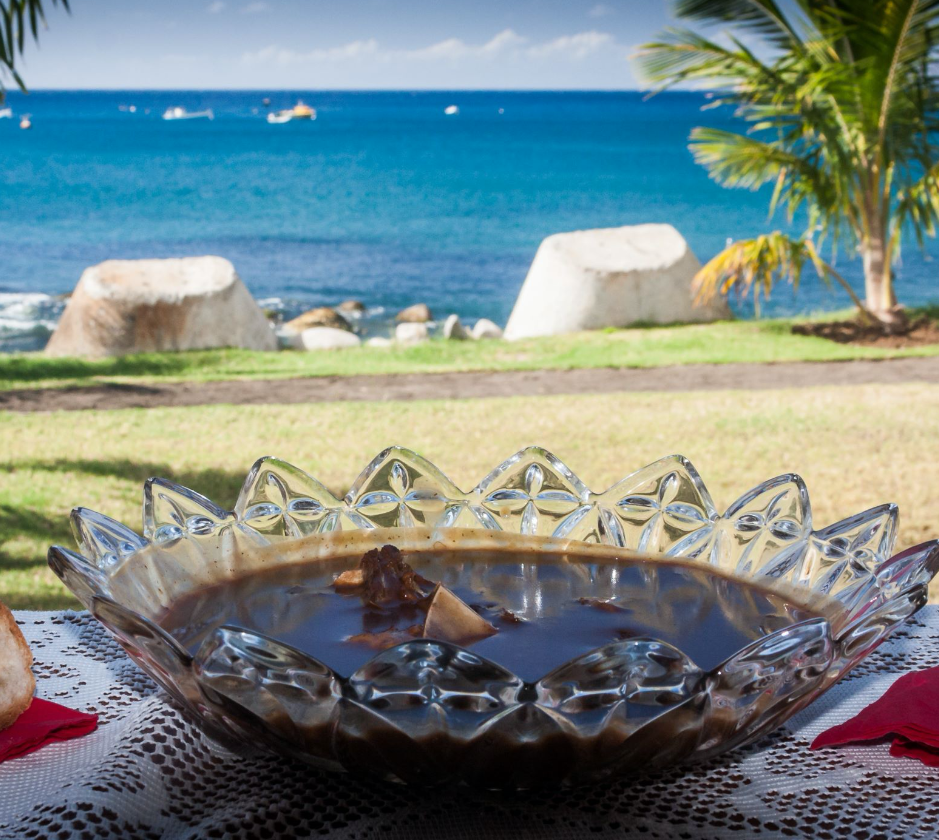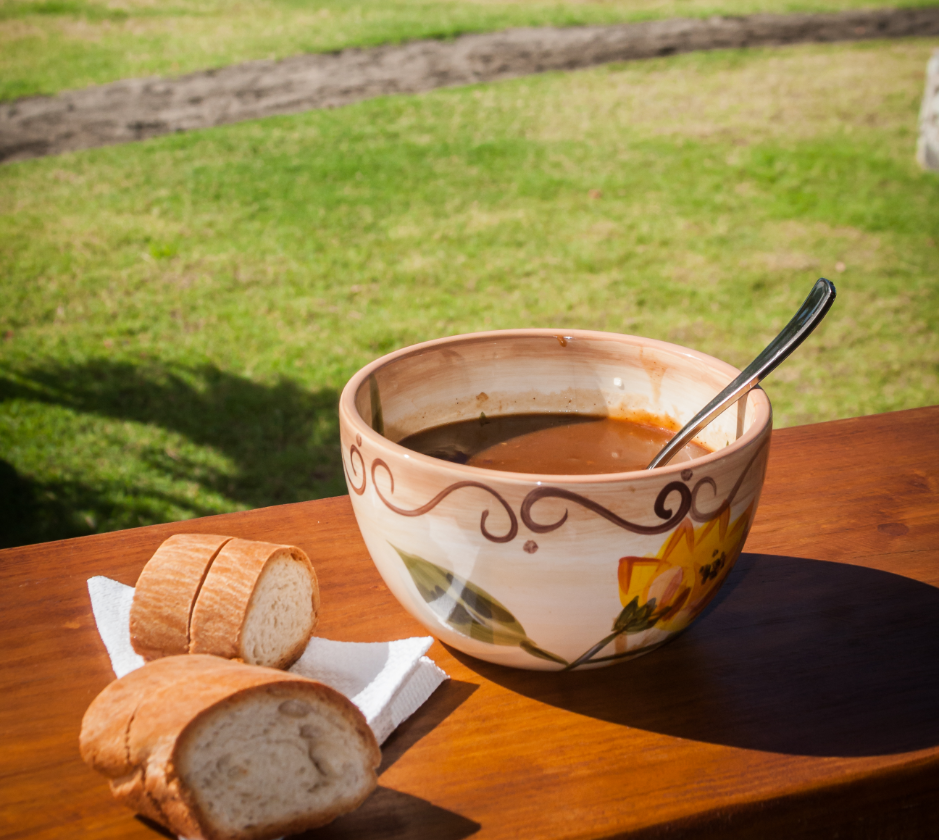First inhabited by the Tainos c.500 BCE, Montserrat’s culture and history has been shaped throughout the years by various settlers and events.
The Tainos named the pear-shaped island Alliouagana, which means “Land of the Prickly Bush.” They lived in village settlements around the island including, Trants, Little Bay, Windward Bluff, Old Fort Point and Dagenham where they left their mark in the form of artifacts, some of which can be found in the National Museum.
On his second voyage in 1493 Christopher Columbus sighted the island and named it Montserrat after the famous monastery near Barcelona, Spain. Many of the first Europeans who settled on the island in 1632 were Irish Indentured servants, while the Africans came as slaves who worked plantations that produced mainly sugar, sea-island cotton and lime. The Africans left their customs and traditions which have been blended with some Irish customs.
The island became known fondly as the “Emerald Isle of the Caribbean” due to the striking resemblance of its cliffs and shorelines, as well as the historical ties to Ireland.
The Irish featured prominently in Montserrat’s history, leaving its mark on place names and of course, surnames. The national emblem is an Irish Shamrock and the coat of arms of the Montserrat Flag reveals Erin (the female figure with a harp and cross).
History buffs can learn more by visiting the Montserrat National Trust an institution at the forefront of preserving the cultural, historic and archaeological heritage of the Island.


Montserrat, however, may be best known for its contribution to music and is home to calypso royalty. Alphonsus Cassell, better known as Arrow, hails from Wall Street just outside the island’s capital, Plymouth and in 1983 released the international blockbuster, Hot! Hot! Hot! It was chosen as the official anthem for the 1986 Football World Cup in Mexico and was the signature song played during the Notting Hill Carnival in 1988. It became a mainstay in night clubs and dance halls the world over and still gets a party rocking even today!
Arrow recorded more than 20 albums – the jackets of which you can see at the Hilltop Coffee House at the top of Fogarthy Hill – and is one of Montserrat’s National Heroes. In 2000 he was awarded the MBE (Member of The Most Excellent Order of The British Empire). He died in 2010, and in a tribute to his life, Prof. J. A. George Irish declared:
“Montserrat has lost a patriotic and iconic son; the region has lost its leading Soca Ambassador; the world has lost an entertainer of stellar caliber.” As a distinguished son of Alliouagana, he remained faithful to the little Rock right to the end, not lured to greener fields of tempting promise. He unquestionably contributed to the development of national pride and the Montserratian sense of self for many local sons and daughters who might not have had much else to boast about. His contribution to his native land deserves a tribute similar to what Trinidad and the University of the West Indies did for Sparrow, or Jamaica did for Bob Marley.”
GOAT WATER
Goat water is the national dish of Montserrat, a delicious stew authentically made from the meat of the male (ram) goat. It bears semblance to the Irish stew and can be served with a variety of foods, such as bread, and rice. This dish can be difficult to cook because it has to be a particular taste, flavour and colour. The stew cannot be too thick or too thin. It has to be just right. It is usually cooked in a special pot/tin on a wood fire, as the smoke from the wood enhances the taste of the stew. It is a communal dish usually served at weddings, christenings, parties and funerals.
But on Fridays, this is the lunch staple! Ask the locals who serves up the best goat water – everyone has their favourite – and head there…early!
Recipe for Goat water
Ingredients
2 Quarters goat or sheep meat
4 cloves garlic, minced
1 Tablespoon whole cloves, crushed
2 Onions, cut up
1 Tablespoon mace
1 Teaspoon Accent Herbs and chible (local name for scallions and thyme)
1 ‘hot’ green pepper, whole Salt and pepper to taste
3 oz. Fresh marjoram
1½ cups Flour
3-4 Tablespoon Browning
1 Tablespoon Rum (Optional)
Method
Cut the meat in 2-inch cubes, being sure to leave the bones in. Wash the meat in salt water and place in a large saucepan (large pot). Cover with cold water, bring to boil, simmer cover for 5 minutes. Skim and continue simmering covered until meat is slightly tender Add remaining ingredients; add boiling water as necessary When meat is tender, combine 1½ cups flour with enough water to make a smooth paste Stir enough of this mixture into the stew to give desired thickness, add some browning for colour. Half cover the pot and let it continue to simmer until meat is done. Add some whiskey and rum if desired. Serve in cups or bowls very hot.


(This mixture makes a 23cm (9 inch) round or 20cm (8 inch) square cake)
340g*/12 oz plain flour
½ tsp. Salt
1 tsp. Mixed spice
1 tsp. Cinnamon
100 or 110g*/4 oz candied peel
1 kg/2 lb. dried fruit (preferably
½ kg/1 lb. currants; 225g*/8 ozs sultanas; 225g*/8 ozs raisins)
100g* 4 ozs blanched almonds chopped finely, grated rind 1 lemon
4 tbsp. milk
225g*/8ozs margarine or butter
4 eggs sherry or brandy
225g*/8ozs Demarara sugar.
1 tbsp. black treacle
Method
Sieve together dry ingredients. Mix peel, cherries, fruit, chopped almonds and lemon rind. Wisk eggs, milk, sherry/brandy together. Cream fat, sugar and black treacle until soft. Add flour and egg mixtures alternately to creamed mixture – do not over beat when mixing. Put into cake tin, lined inside with double thickness of greased paper round sides and brown paper and greased greaseproof paper at the bot-tom. Tie a double band of brown paper round the outside of tin, standing well above the top of it. Put in middle of very moderate oven. Bake 3 ¼ – 3 ½ hours at Mark 3 for the first 1½ hours, then Gas Mark 2 for the remaining time. In electric oven put cake in at 300° – 500° F, 150° – 180° C and after 1 ½ hours reduce heat to 275° – 300° F, 150°C. Cool in cake tin, then store in airtight tin. For very moist cake prick cold cake and pour a little sherry at intervals before icing. Cover with marzipan and royal icing.
Gives exact same sized cake as Imperial measurements.
Christmas cake recipe may be made richer by increasing fruit to 1 ½ kg (3 lbs.).
Cake then takes 1 hr longer to bake and the recipe will make one 25cm (10 inch) cake or smaller 13, 15 and 20cm (5, 6 and 8 inch) cakes. Bake at least 6 weeks before wedding.
